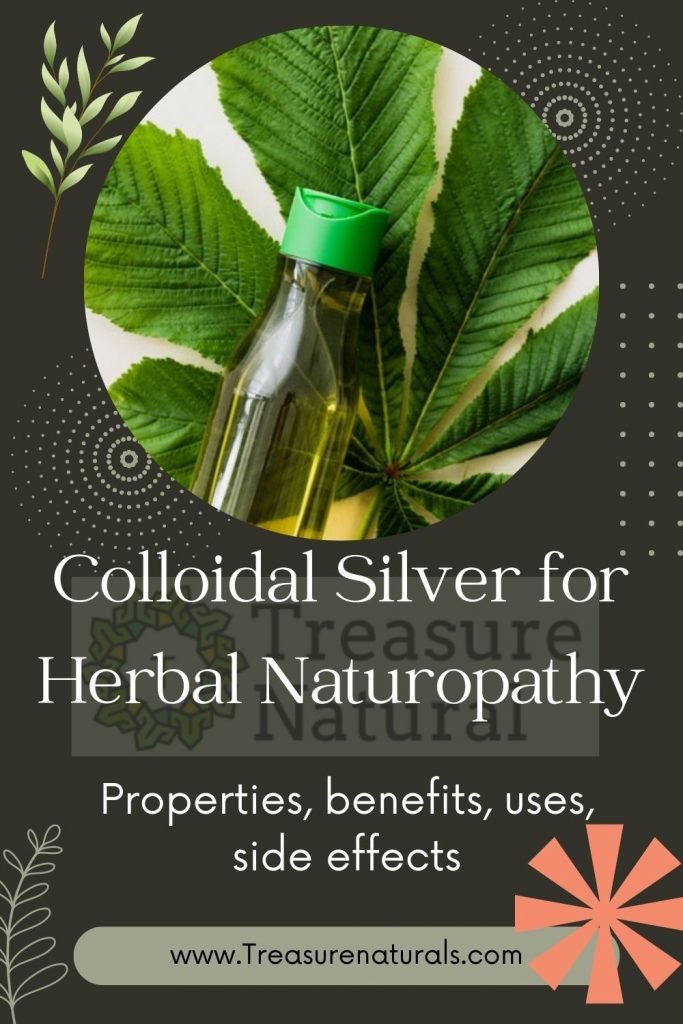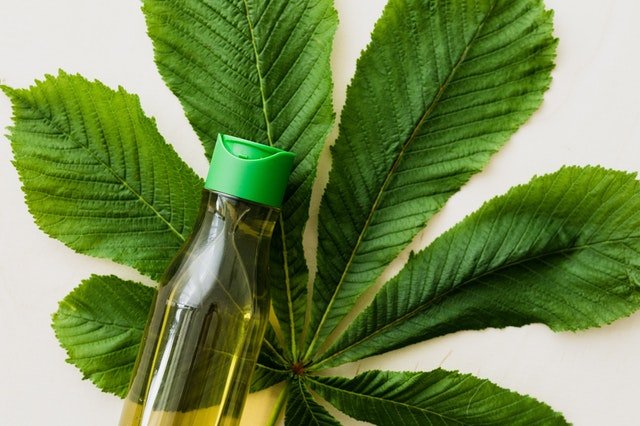
Colloidal silver is a disinfectant remedy against wounds, infections and other ailments. Here’s how to use it and why it’s good not to overdo it.
Properties of colloidal silver
Colloidal silver, also called silver water or silver water, is attributed properties:
- Antibacterial;
- antivirals;
- antifungal.
By virtue of these properties, colloidal silver has been widely used in infections in the past: before the advent of antibiotics it was usually used both internally and topically.
Even today, this remedy is used to treat various disorders of the skin and mucous membranes and, in some cases, is also used internally.
Benefits of colloidal silver
The benefits of colloidal silver are given by its mechanism of action. The positive ions of colloidal silver intercept bacteria and fungi, bind to their cell wall, creep inside and neutralize their breathing.
On viruses, colloidal silver behaves slightly differently: it oxidizes them, reducing their activity to the point of rendering them harmless.
What is colloidal silver used for
Colloidal silver is used to help the body defend itself against infections caused by bacteria, viruses and fungi.
Thanks to its antibacterial properties,colloidal silver prevents or counteracts possible bacterial colonizations such as streptococci or staphylococci, behaving like an antibiotic.
Colloidal silver is also useful to prevent and treat infections caused by viruses and mycosis, that is, infections caused by fungi.
Indications of colloidal silver
Colloidal silver is indicated in case of:
- Cold cough, sore throat;
- bronchitis and airway infections;
- ear infections, otitis;
- gum infections, canker sores, inflammation of the oral cavity;
- wounds and ulcers;
- candidiasis, herpes.
The differences with ionic silver
Colloidal silver is a colloidal system that involves the dispersion of one substance (dispersed phase) into another (dispersing phase) and the particles of the first substance must have specific dimensions.
In the case of colloidal silver these are small particles of silver that are dispersed in purified water. Purified water means demineralized, distilled, or double-distilled water.
Dispersed silver particles to be considered colloids must have a size between 1 nanometer and 500 nanometers.
Colloidal silver is found on sale in drops,in spray dispensers in concentrations between 10 and 50 parts per million (ppm).
There is also ionic colloidal silver (not iodized silver)a suspension of particles charged with positive ions, with a concentration ranging from 10 to 20 ppm.
How to take colloidal silver
Generally colloidal silver is used externally and is available in spray formats to be sprayed on the skin, mucous membranes and throat. On the market there are also preparations of pure colloidal silver in drops to be taken under the tongue or syrups and other products for internal use that contain colloidal silver.
Side Effects of Colloidal Silver
Prolonged use or at high dosages of colloidal silver can lead to an accumulation of silver in several tissues and organs including:
- Skin;
- muscles;
- brain;
- kidneys;
- liver.
which can be severely damaged.
At the skin level, the accumulation is manifested by a condition known as “argyria“, characterized by a gray coloration of the skin. This is a fairly rare but irreversible side effect.
Because of these side effects, colloidal silver should be used in small quantities, sporadically or for very short periods, with particular attention to children.
Contraindications of colloidal silver

Since taking colloidal silver can interact with some drugs reducing their effectiveness, it is good to always consult your doctor before resorting to this remedy. In addition, the use of colloidal silver in pregnancy and during lactation is not recommended.






